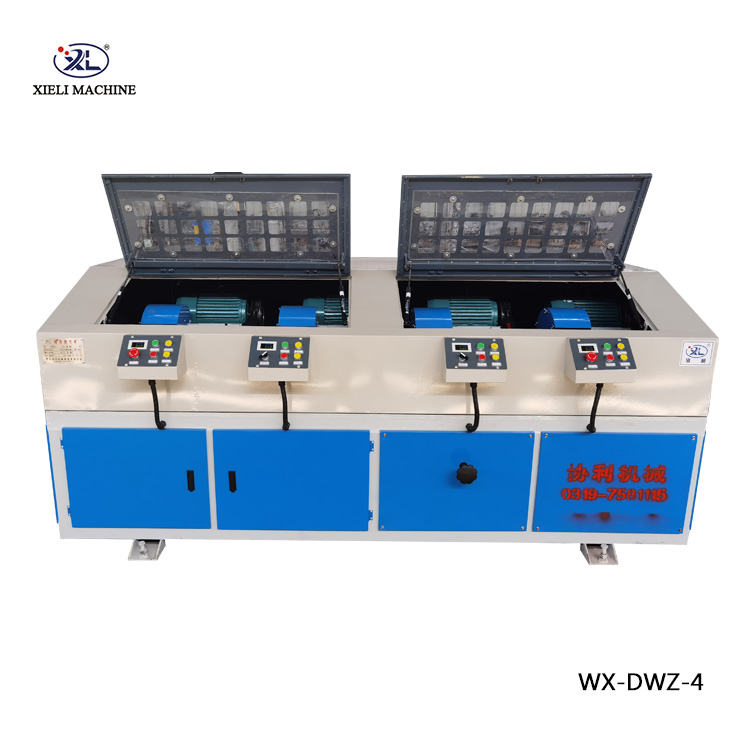Centerless grinding machine is a crucial tool in the manufacturing industry, renowned for its precision and efficiency. This article aims to provide a comprehensive overview of what a centerless grinding machine is, how it works, its applications, advantages, and future prospects.
A centerless grinding machine, also known as a centerless grinder, is a machining process that uses abrasive cutting to remove material from a workpiece. Unlike conventional grinding processes where the workpiece is held in place between centers, centerless grinding does not require any centering of the workpiece. Instead, it relies on the rotation of the grinding wheel, regulating wheel, and work rest blade to achieve accurate and consistent results.
The operation of a centerless grinding machine involves three main components: the grinding wheel, the regulating wheel, and the workpiece. The grinding wheel, typically made of abrasive materials such as silicon carbide or aluminum oxide, rotates at high speed to remove material from the workpiece. The regulating wheel, positioned at a slight angle to the grinding wheel, controls the rotational speed and feed rate of the workpiece. The workpiece, supported by a work rest blade and positioned between the grinding wheel and regulating wheel, undergoes precision grinding without the need for centers.
One of the key advantages of centerless grinding is its ability to grind multiple cylindrical parts simultaneously, resulting in higher productivity and cost-effectiveness. Additionally, centerless grinding eliminates the need for center holes or other workpiece holding devices, allowing for greater flexibility in part design and machining.
Centerless grinding machines find widespread applications across various industries, including automotive, aerospace, medical, and electronics. Common applications include the grinding of shafts, pins, rods, and tubes, as well as cylindrical components with tight tolerances and surface finish requirements.
In the automotive industry, centerless grinding is commonly used for the production of precision engine components such as crankshafts, camshafts, and transmission shafts. In aerospace applications, centerless grinding machines are employed for the manufacturing of landing gear components, turbine blades, and aerospace fasteners. The medical industry relies on centerless grinding for the production of surgical instruments, implants, and precision medical devices. In the electronics industry, centerless grinding is used for the fabrication of micro-sized components and miniature shafts.
Looking ahead, the future of centerless grinding machines is promising, driven by advancements in technology and automation. With the integration of robotics, sensors, and artificial intelligence, modern centerless grinding machines offer enhanced precision, productivity, and reliability. Furthermore, the growing demand for high-precision components in industries such as aerospace, automotive, and medical is expected to fuel the adoption of centerless grinding technology.
In conclusion, centerless grinding machines play a vital role in modern manufacturing processes, offering unmatched precision, efficiency, and versatility. From automotive to aerospace, medical to electronics, centerless grinding technology continues to revolutionize the way cylindrical components are manufactured. With ongoing advancements and innovations, centerless grinding machines are poised to remain indispensable tools in the manufacturing industry for years to come.





